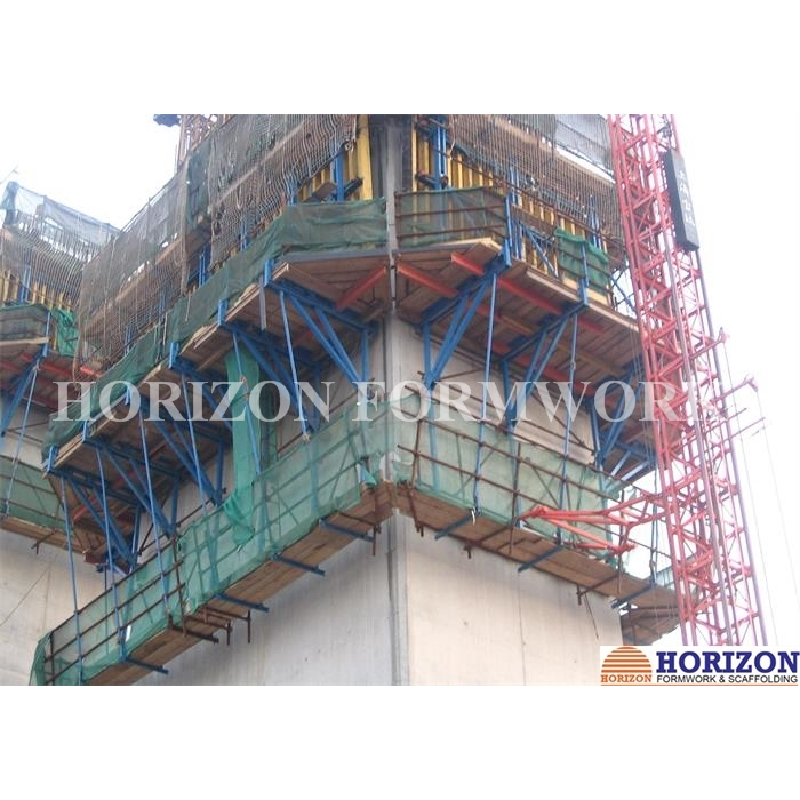Dec . 14, 2024 16:53 Back to list
Innovative Solutions for Efficient Steel Formwork in Construction Projects
The Evolution and Benefits of Steel Formwork in Construction
Steel formwork is an essential technology in modern construction, providing an efficient, durable, and economical solution for shaping concrete structures. As the construction industry continuously seeks ways to enhance productivity and reduce costs, the adoption of steel formwork systems has become increasingly popular among contractors and builders worldwide. This article explores the evolution, benefits, and future prospects of steel formwork.
Historical Background
The use of formwork in construction dates back to ancient civilizations, where early builders employed wooden frames to shape their concrete structures. However, as construction methods evolved, so did the materials used for formwork. The introduction of steel formwork marked a significant advancement in the industry, providing a more durable and reusable alternative to traditional timber forms. Steel formwork systems have developed over the years, with innovations leading to highly engineered products that cater to a wide range of applications, from commercial buildings to infrastructural projects.
Advantages of Steel Formwork
1. Durability and Strength One of the most significant advantages of steel formwork is its exceptional durability. Unlike wooden forms, steel does not warp, crack, or absorb moisture, ensuring consistent dimensions and smooth surfaces for concrete pours. This strength allows steel forms to withstand repeated use, making them a cost-effective choice over time.
2. Speed of Installation Steel formwork systems are designed for modular assembly. Their pre-fabricated components can be quickly erected on-site, dramatically reducing labor time and enhancing overall construction schedules. Faster installation not only leads to cost savings but also enables projects to be completed ahead of deadlines.
3. Versatility Steel formwork can be adapted for various shapes and sizes, making it suitable for a wide range of construction applications. From foundation walls and slabs to complex architectural designs, steel formwork offers the flexibility needed to meet diverse project requirements.
steel formwork

4. Reusability The long lifespan of steel formwork allows for multiple uses over its lifetime. This reusability factor not only makes it an environmentally friendly option by minimizing waste but also provides significant savings in materials and labor costs.
5. Enhanced Safety Steel formwork systems are engineered to provide a stable structure during the concrete pouring process. This stability enhances safety on construction sites, reducing the risk of accidents associated with formwork failure.
Challenges and Considerations
While steel formwork offers numerous advantages, there are also challenges associated with its use. Initial investment costs can be higher than traditional wooden forms, requiring careful financial planning. Additionally, the logistics of transporting and handling heavy steel components can present challenges on-site. However, these drawbacks are often outweighed by the long-term benefits, especially for large-scale projects.
The Future of Steel Formwork
As construction practices continue to evolve, so too will steel formwork technology. Advances in manufacturing techniques and the integration of digital technologies such as Building Information Modeling (BIM) are poised to further enhance the efficiency and effectiveness of steel formwork systems. Additionally, as sustainability becomes an increasingly important consideration in construction, the reusability and durability of steel formwork will play a vital role in reducing the overall environmental impact of building projects.
In conclusion, steel formwork represents a significant innovation in the construction industry, offering tangible benefits that contribute to more efficient and sustainable building practices. As the demand for faster, safer, and more economical construction solutions grows, steel formwork will undoubtedly remain a fundamental component of modern construction methodologies. Embracing this technology will be essential for contemporary builders looking to stay competitive in an ever-evolving market.
-
High-Quality U Head Jack Scaffolding – Reliable Scaffolding Jack Head Manufacturer & Factory
NewsJul.08,2025
-
High-Quality I Beam H20 Leading Timber Beam H20 Material Factory, Exporters & Manufacturers
NewsJul.08,2025
-
High-Quality Powder Coating Steel Formwork - Durable & Corrosion Resistant Solutions
NewsJul.07,2025
-
Inclined Column Formwork Supplier – Durable & Precise Solutions for Unique Structures
NewsJul.07,2025
-
High-Quality Water Stop Solutions Trusted Water Stop Company & Suppliers
NewsJul.07,2025
-
High-Quality Formwork Material Supplier Reliable Manufacturer & Factory Solutions
NewsJul.06,2025